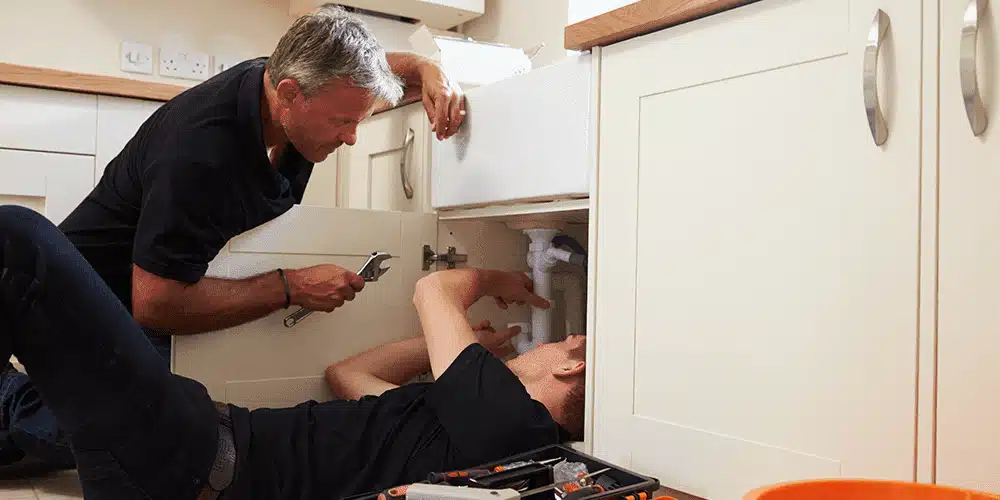
One of the many hard lessons I’ve learned over my years in the trade industry is that sometimes, or many times, it is better to say “No,” to a job, rather than “Yes”.
For many years, I said “Yes” to every single job that came across my plate. If we had the manpower and we could fit it in, I said “Yes”.
The truth was, despite being crazy busy, we struggled year after year with cash flow.
One day I got to the end of myself and finally made it a priority to sit down and figure out why my business was struggling. I had a few key questions:
It wasn’t until I managed to get an overview of my financials – as well as a blow-by-blow account of each individual job’s performance – that I could start to see the truth of the situation I was in.
One of the biggest issues in my business was unpaid debts. Every year we had thousands, sometimes up to $40,000, in unpaid invoices, from businesses that would go under or just wouldn’t pay.
I had always just taken it as part of running a plumbing business. There were going to be bad debts. But for the first time, I asked myself “could I figure out in advance whether a job was going to pay or not, and could I avoid taking those jobs on?”.
A bit of digging unearthed that large housing and renovation work was the biggest culprit for unpaid debts. I knew something had to change, but first I needed to figure out where to put my energy.
The first step was figuring out where we were already making money.
After working through our financials, I figured out that emergency maintenance work – burst water mains, blocked drains, hot water cylinder repairs, and the like – were our best money earners.
I was making the highest margin on labour and materials on these jobs. And unlike new build construction work that sometimes stretched on for weeks, one tradie could get through a typical maintenance job in a day or even a couple of hours.
Within a couple of years, we went from being an all-new housing and renovation company to total maintenance work. It was the best decision I ever made.
Concentrating on maintenance work had two massive effects on the business:
The high margin, fast turnover, and low-cost model worked for me but that doesn’t mean it’s the answer for you.
One of your priorities heading into the new year should be to sit down and figure out where your business is performing well, and where it is not.
A good financial report should make this clear.
Once you’ve got this in front of you, then the next step is to put some time into figuring out whether you need to say “No” to more jobs.
Rick Malady of Malady Electrical figured out that saying “No” was exactly what his business needed, but another one of our favourite customers, Ben from Cable Systems Electrical figured out that he just needed to up his margins and markups to stay flush.
Stop drowning in admin & paperwork. Start focusing on the jobs that make you money.



Our 20,000+ trades businesses have slashed their admin, are getting paid faster, and are finally enjoying their weekends again.




No lock-in contracts.
Free setup & support.
